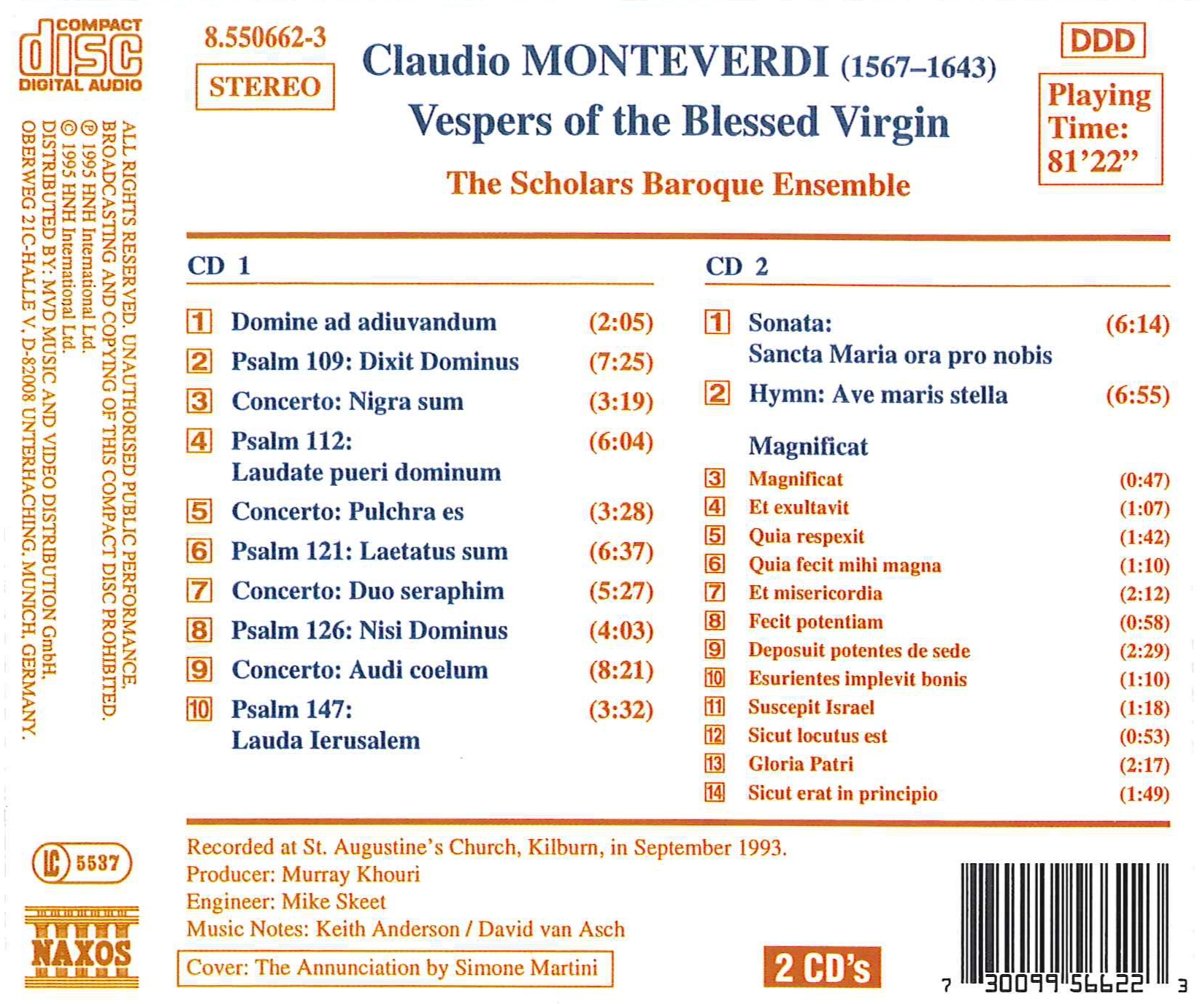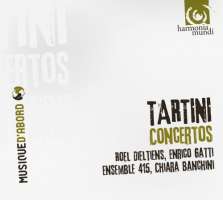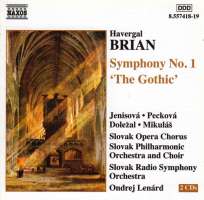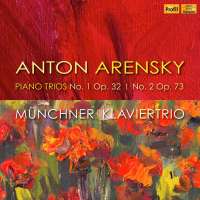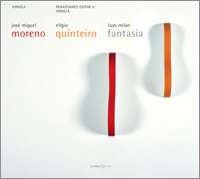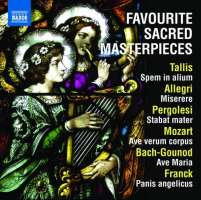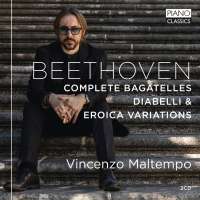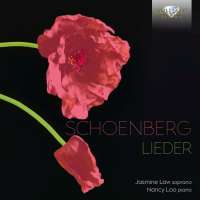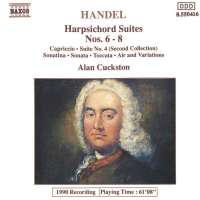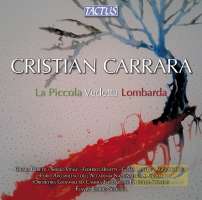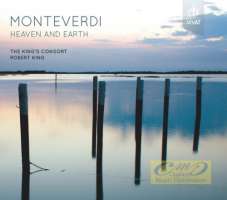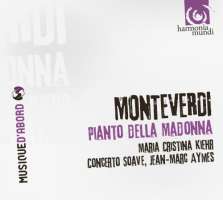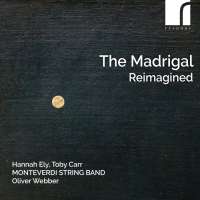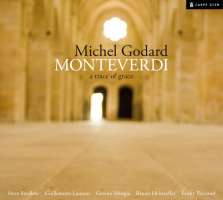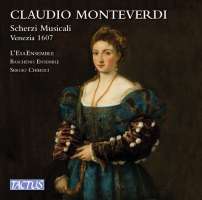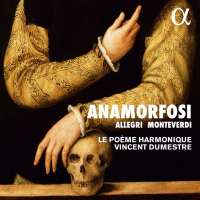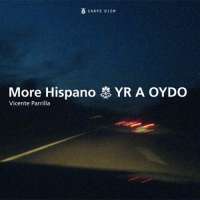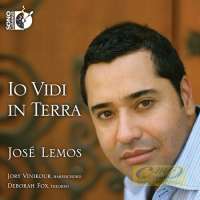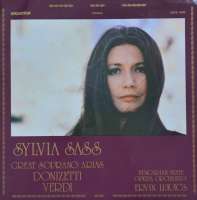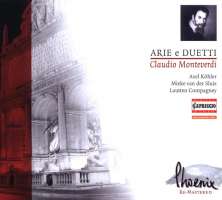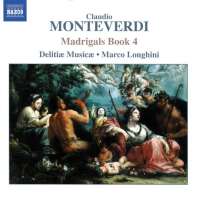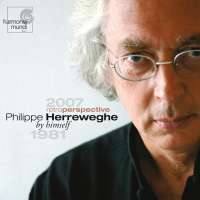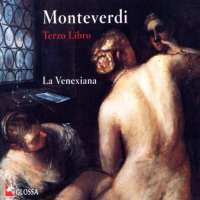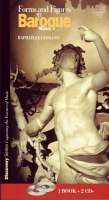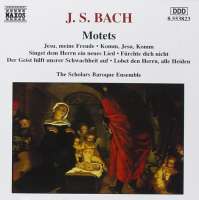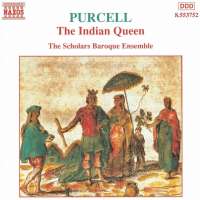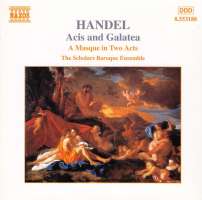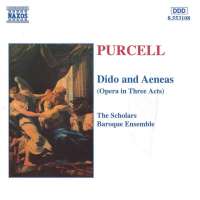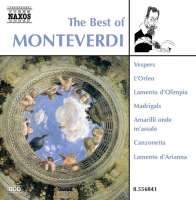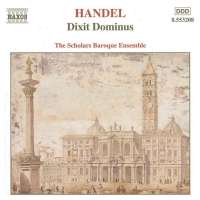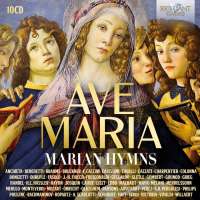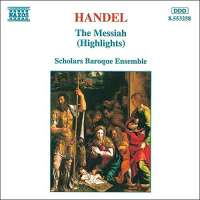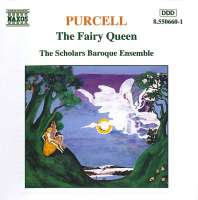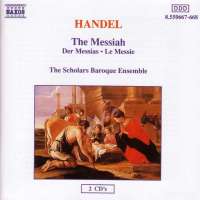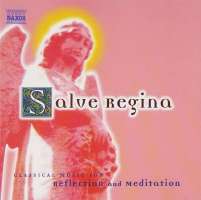
kompozytor
Monteverdi, Claudio
tytuł
MONTEVERDI: Vespers of the Bles
wykonawcy
Scholars Baroque Ensemble
nr katalogowy
8.550662-63
opis
The Mass with which the volume opens is based on material from Gombert's motet In illo tempore, such a use of existing material being a common practice of the sixteenth century. The problems surrounding the Vespers themselves concern the exact nature of the original publication, whether it is intended as something liturgically complete or whether it is, as the title might suggest, a setting of Vespers with an added collection of sacred concertos. It has been suggested that these concertos, a term which at this time means a form of vocal music with instruments, are to serve as substitutes for the antiphons which, in normal liturgical practice, precede and follow each psalm and canticle. If the sacred concertos are to take the place of the usual antiphons, then no additional chants are necessary. If, however, the texts by Monteverdi are to follow current general liturgical practice, then plainchant antiphons would be added.
Whatever Monteverdi's intentions, the music included in the publication of 1610 offers a fascinating conspectus of old and new styles of composition, ranging from the parody Mass to the very essence of the modern style in the sacred concertos. The publication includes two settings of the Magnificat, one in more elaborate form with instruments and seven voices and the other for six voices and continuo. It should be added that the title of the Vespers, Vespere della Beata Vergine da concerto, composto sopra canti fermi indicates the important fact that Monteverdi makes use throughout of canti fermi (given thematic elements) from the traditional plainchant of the liturgy. There is no direct indication of which Feast of the Blessed Virgin is to be celebrated by performance of this setting of the Vespers and, as is evident, no clear indication of any specific liturgical purpose for the work as a whole, if such liturgical unity was intended.
nośnik
CD
x 2
gatunek
Muzyka klasyczna
producent
Naxos
data wydania
12-06-1995
EAN / kod kreskowy
730099566223

(Produkt nie został jeszcze oceniony)
cena 89,00 zł
lubProdukt na zamówienie
Wysyłka ustalana indywidualnie.
Darmowa wysyłka dla zamówień powyżej 300 zł!
Darmowy kurier dla zamówień powyżej 500 zł!
sprawdź koszty wysyłki